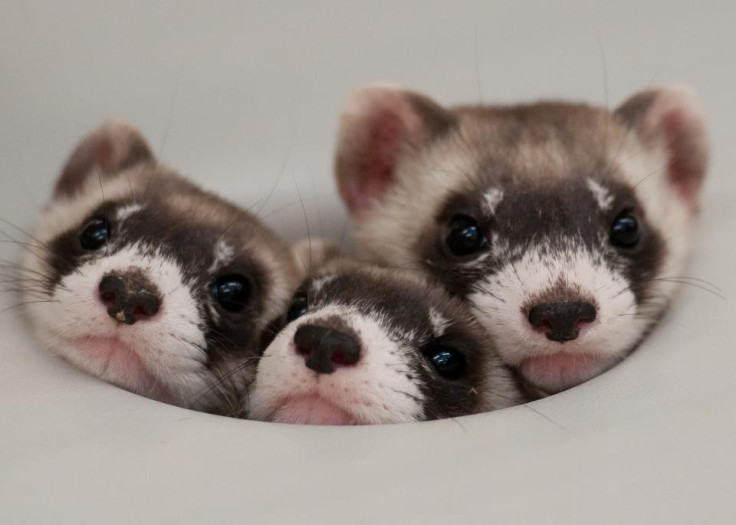Critically endangered black-footed ferret bred using 20-year-old frozen sperm

The critically endangered black-footed ferret has been successfully reproduced using frozen sperm from a male that has been dead for 20 years. Scientists from the Lincoln Park Zoo say the accomplishment harks hope for the survival of the species, which was once thought extinct as so few remained.
Conservation efforts have meant there are around 300 black-footed ferrets in North America, but the pool of genes remains small. In the 1980s, just 18 were left in the world, so scientists at the time froze the sperm of one of the males (who they called Scarface).
Publishing their results in the journal Animal Conservation, researchers announced eight kits – including Scarface's offspring – had recently been born, significantly increasing the gene diversity of the species. Lead author David Wildt said: "Our study is the first to provide empirical evidence that artificial insemination with long-stored spermatozoa is not only possible but also beneficial to the genetic diversity of an endangered species. What we've done here with the black-footed ferret is an excellent example of how sperm preservation can benefit species recovery programs."
For the last seven years, scientists have been developing assisted reproductive technology to preserve the black-footed ferret, with artificial insemination and semen cryopreservation key focus points. In the study, the researchers collected semen samples from adult black-footed ferrets.

At first, they used fresh semen to artificially inseminate females that had failed to mate naturally. This resulted in 135 kits. However, the lack of genetic diversity concerned the programme managers, as this could lead to lower fertility and sperm malformation. This led them to turn to frozen sperm.
In 2008, they used semen samples from four males that had been frozen for 10 years, mixing deceased sperm donors with living females based on genetic metrics to maximise the benefits. In following seasons, they managed to use sperm that had been preserved for up to 20 years.
Paul Marinari, senior curator at the Smithsonian Conservation Biology Institute, said: "Our findings show how important it is to bank sperm and other biomaterials from rare and endangered animal species over time. These 'snapshots' of biodiversity could be invaluable to future animal conservation efforts, which is why we must make every effort to collect, store and study these materials now."
© Copyright IBTimes 2025. All rights reserved.






















